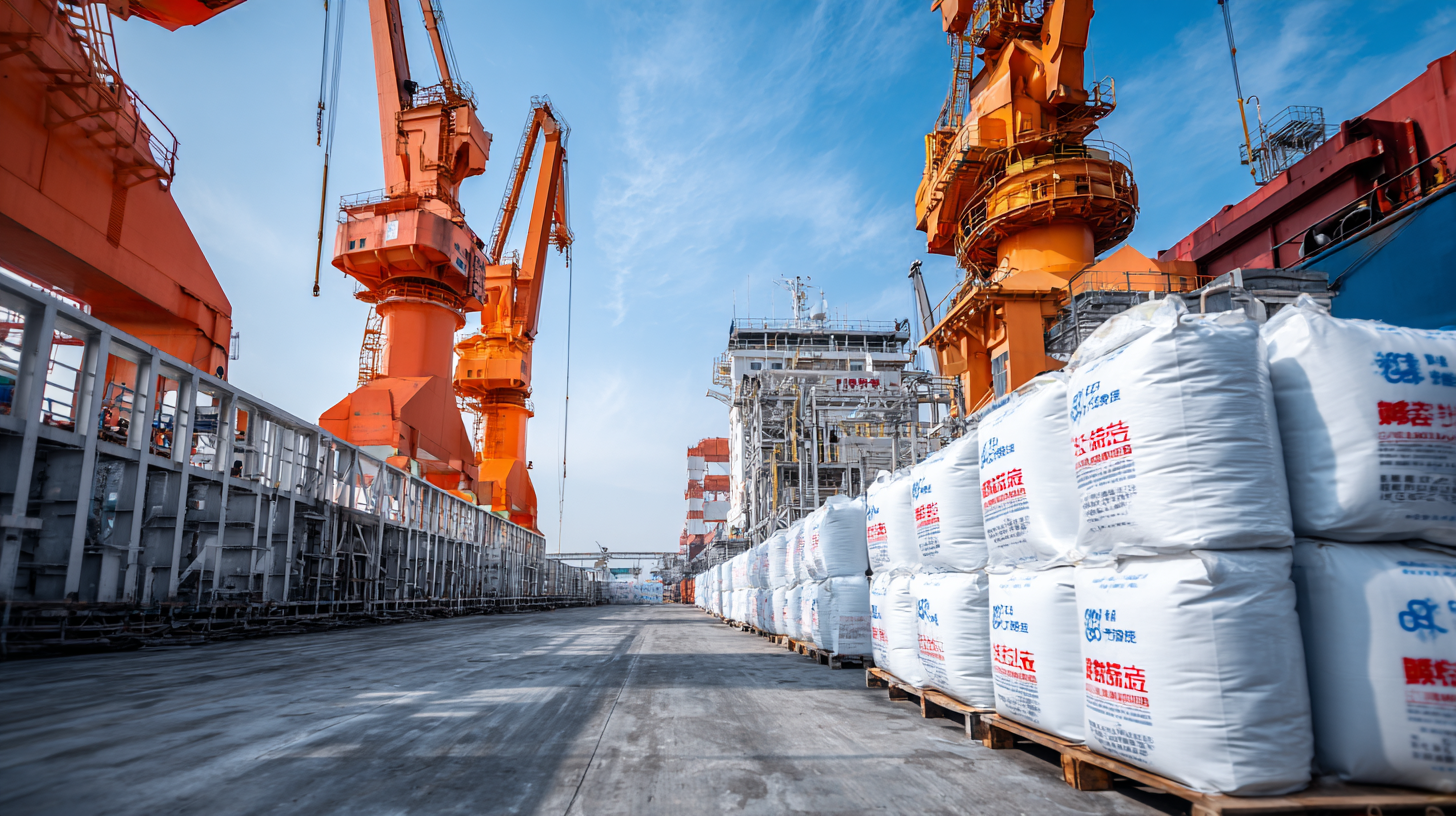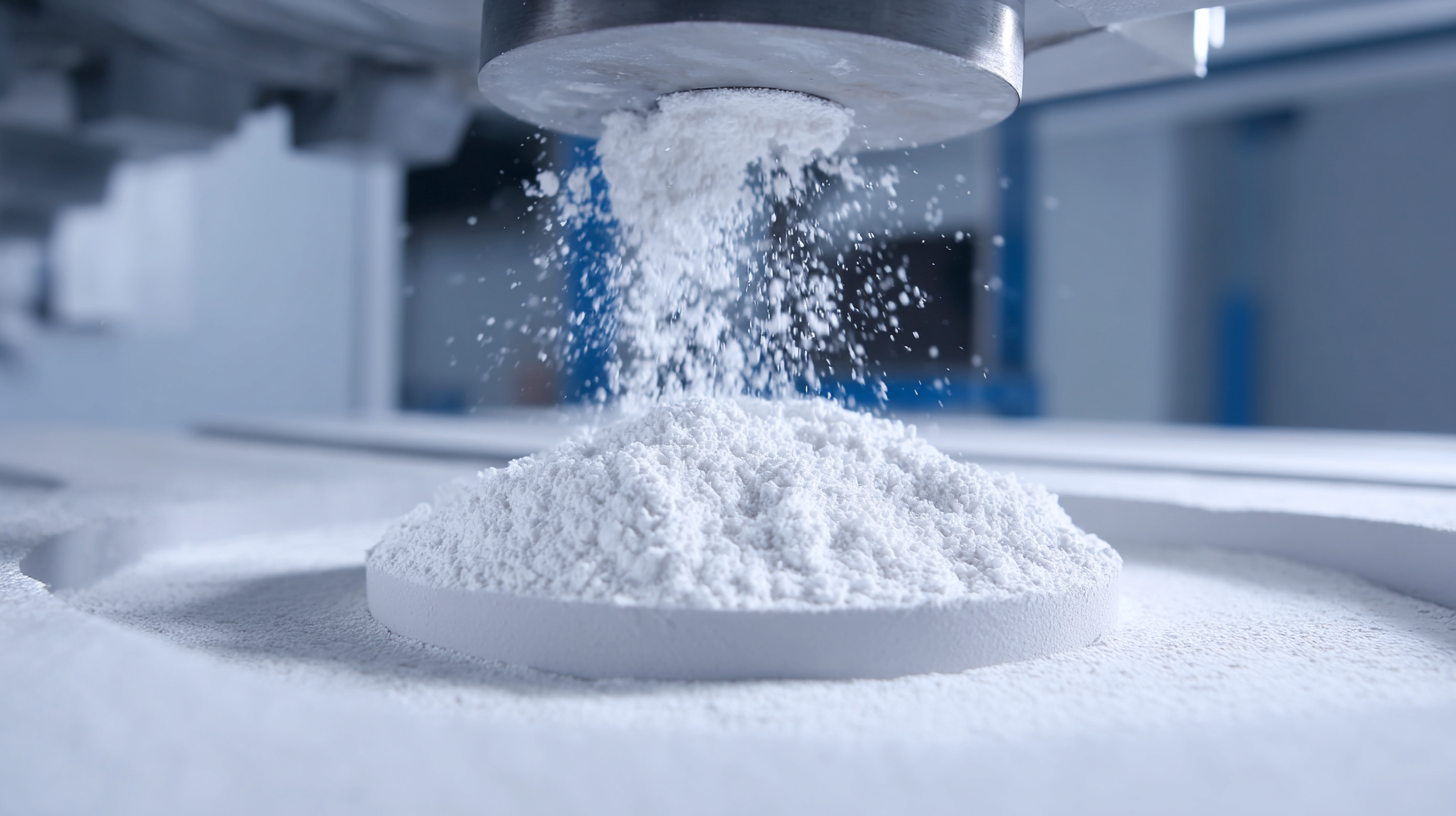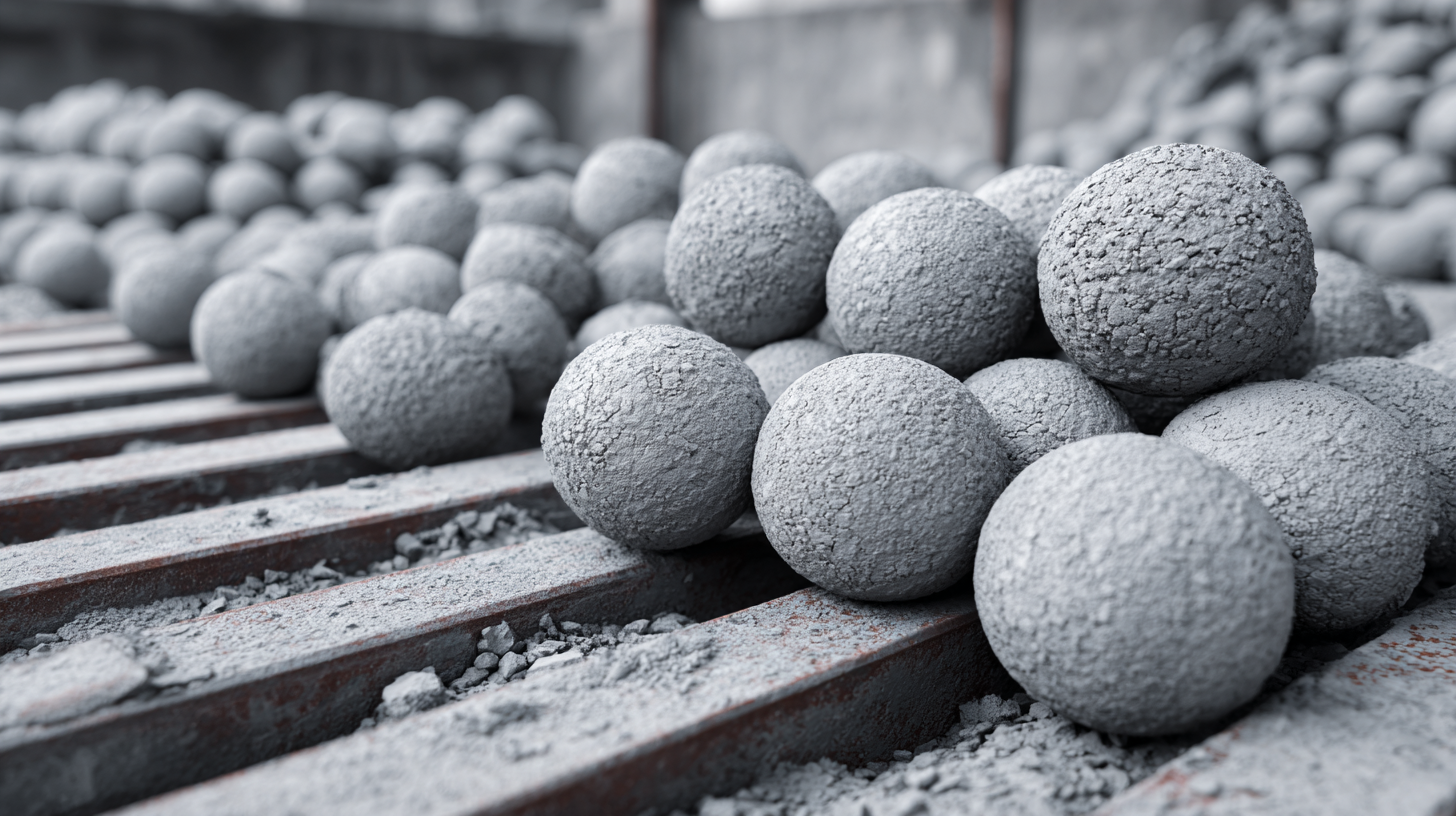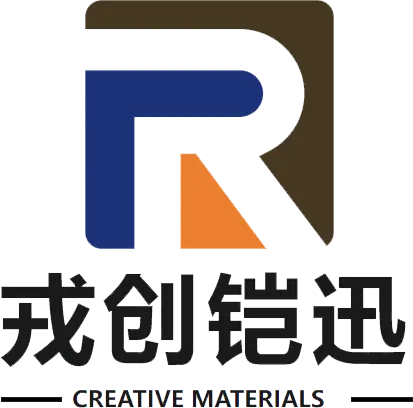In recent years, the global alumina oxide market has experienced significant growth, driven by China's innovative approaches to production and quality enhancement. According to a report by MarketsandMarkets, the alumina market is projected to reach USD 55 billion by 2025, with alumina oxide being a pivotal component in various industries, including aluminum production, electronics, and ceramics.
China's advancements in manufacturing techniques and technology have allowed for efficient production processes, yielding high-purity alumina oxide that meets international standards. As a result, Chinese enterprises are not only catering to domestic needs but also positioning themselves as leaders in the global supply chain, leveraging digital innovations to enhance quality control and product optimization. This blog will explore how China's commitment to quality and innovation is reshaping the landscape of alumina oxide production and its implications for the global market.

The global alumina oxide production landscape faces significant challenges, particularly from a Chinese perspective. With China being the largest producer of alumina oxide, accounting for nearly 57% of global output in 2022, understanding the unique hurdles they encounter is crucial. Issues such as environmental regulations, resource depletion, and rising production costs are increasingly prominent. A recent industry report by the International Aluminum Institute highlights that China's alumina-producing plants are under pressure to adhere to stricter emissions standards, leading to potential production shortfalls.

Moreover, the market fluctuations due to geopolitical tensions and trade policies complicate the situation further. For instance, production levels are expected to be disrupted as a result of supply chain constraints and tariff implications in major exporting regions. Additionally, the rising demand for alumina oxide, driven by its essential role in aluminum production—projected to grow at a CAGR of 4.2% from 2023 to 2028—places further strain on existing facilities. These factors create an intricate web of challenges that Chinese producers must navigate to maintain their position in the global market.
In the realm of materials science, alumina oxide stands out as a critical component in various industries, from ceramics to electronics. Chinese manufacturers have increasingly pushed the envelope by developing innovative techniques that address common challenges in the production of alumina oxide. These advancements not only enhance the quality of the material but also optimize production efficiency, making it more sustainable and cost-effective.
One of the key innovations includes the integration of automated processes and smart technology in manufacturing. By leveraging data analytics and machine learning, manufacturers are able to closely monitor production parameters, reducing inconsistencies that can lead to material defects. Additionally, new techniques, such as tailored calcination methods, enable the precise control of alumina properties. This not only improves the purity and stability of the final product but also enables customization for specific industrial applications, addressing the diverse needs of the market.
Moreover, a focus on eco-friendly practices has led to the development of more efficient methods of raw material sourcing and waste management. By using alternative sources and recycling strategies, manufacturers are significantly minimizing their environmental impact while maintaining output quality. Through these innovative solutions, the Chinese alumina oxide industry is setting new standards for quality and sustainability in manufacturing, positioning itself as a global leader in the sector.
This chart illustrates the production volume of Alumina Oxide over the past four years, demonstrating the positive impact of innovative manufacturing techniques implemented in the industry.
In the realm of alumina oxide processing, quality control measures play a crucial role in addressing the various challenges faced by the industry. From ensuring consistent product quality to minimizing defects, these measures are integral to enhancing both efficiency and reliability in manufacturing processes. For instance, implementing stringent quality checks at each stage of production can significantly reduce variability, ultimately leading to superior end products that meet global standards.
**Tip:** Regularly conduct internal audits and training sessions for employees to strengthen their understanding of quality objectives and standards. This proactive approach fosters a culture of excellence and accountability within the workplace.
Furthermore, embracing advanced technologies such as real-time monitoring systems can greatly enhance quality control efforts. By utilizing data analytics, manufacturers can identify trends and anomalies in production, allowing them to rectify issues before they escalate. This not only maximizes productivity but also minimizes waste, contributing to a more sustainable operation.
**Tip:** Invest in automated quality control tools to streamline the monitoring process and ensure immediate feedback on product performance. This investment pays off by enabling quicker adjustments and maintaining high quality throughout the production cycle.
The alumina oxide production process has evolved significantly, especially in response to growing sustainability and environmental concerns. According to a report from the International Aluminium Institute, the production of alumina contributes approximately 3% of global greenhouse gas emissions. As a result, the industry is now under pressure to adopt more eco-friendly methods. Chinese manufacturers are leading the charge in integrating innovative technologies that minimize waste and reduce carbon footprints, such as the implementation of closed-loop systems that recycle wastewater and residual materials.
Furthermore, the adoption of advanced refining techniques has shown promising results. For instance, the Bayer process, which is predominantly used in alumina production, has seen innovations that enhance efficiency by up to 30%, as per a recent study by the Aluminum Association. Chinese firms are leveraging automation and digital solutions that optimize energy consumption and ensure compliance with stringent environmental regulations. By prioritizing sustainability, these companies are not only improving their market competitiveness but are also setting benchmarks for global practices in the alumina oxide industry.
| Quality Parameter | Measurement Unit | 2022 Data | 2023 Data (Projected) | Sustainability Rating |
|---|---|---|---|---|
| Alumina Purity | % | 99.5 | 99.6 | A+ |
| Production Efficiency | tons/ton | 8.3 | 8.5 | A |
| CO2 Emissions | kg/ton | 1,200 | 1,150 | B+ |
| Water Usage | m³/ton | 3.0 | 2.8 | A- |
| Recycled Materials Used | % | 15 | 20 | A+ |
As the demand for alumina oxide continues to soar, China is at the forefront of innovations and strategies that seek to enhance quality and efficiency in production. According to a recent report by ResearchAndMarkets, the global alumina market is projected to reach $56 billion by 2027, with significant contributions from Chinese manufacturers who are increasingly adopting advanced technologies to refine their processes. This surge is driven by the rising requirements in industries such as automotive, aerospace, and electronics, where alumina oxide plays a crucial role due to its excellent thermal and electrical properties.

Chinese firms are leveraging cutting-edge innovations such as automation, artificial intelligence, and advanced materials science to optimize the production of alumina oxide. For instance, data from the China Nonferrous Metals Industry Association indicates that adopting AI in manufacturing has the potential to reduce production costs by up to 30%, while improving the quality assurance of the final product. Moreover, strategic investments in environmental sustainability are reshaping the industry landscape, helping companies not only to meet stringent global regulations but also to gain a competitive edge in the marketplace. As these innovations continue to unfold, the future of alumina oxide in China looks promising, positioning the country as a leader in this vital sector.
